20 Most Forged Ingredients Across The Globe
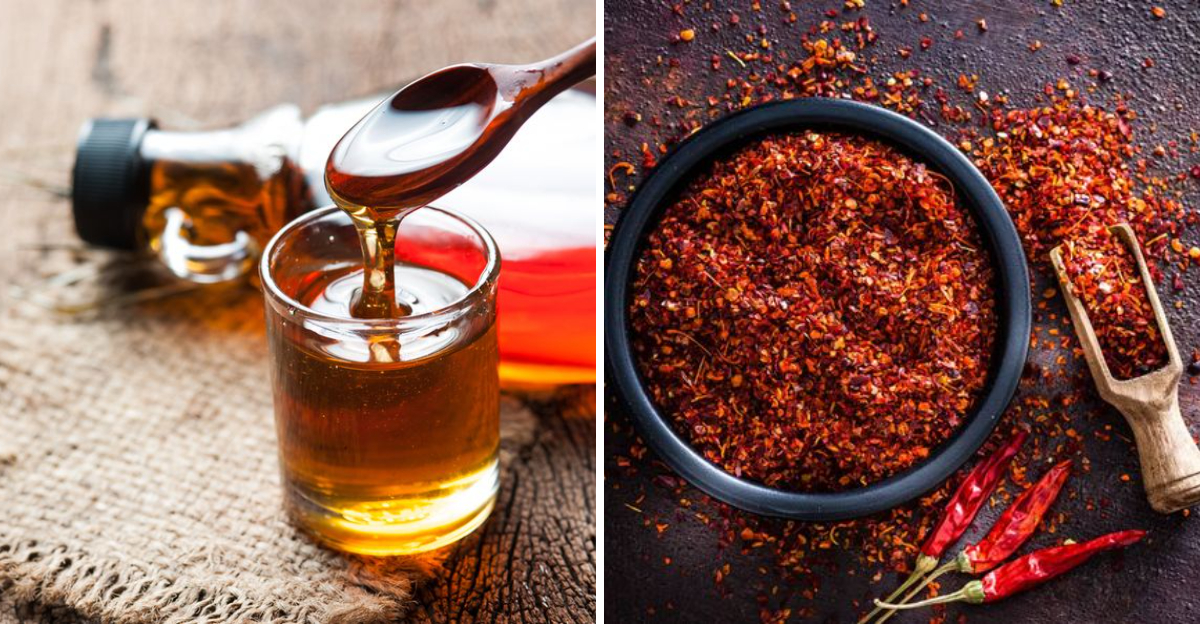
Food fraud is more common than most people realize—and it doesn’t just happen with luxury items. From pantry staples to gourmet delicacies, here are 20 of the most frequently faked or adulterated ingredients around the world. Some of these might already be sitting in your kitchen.
1. Olive Oil
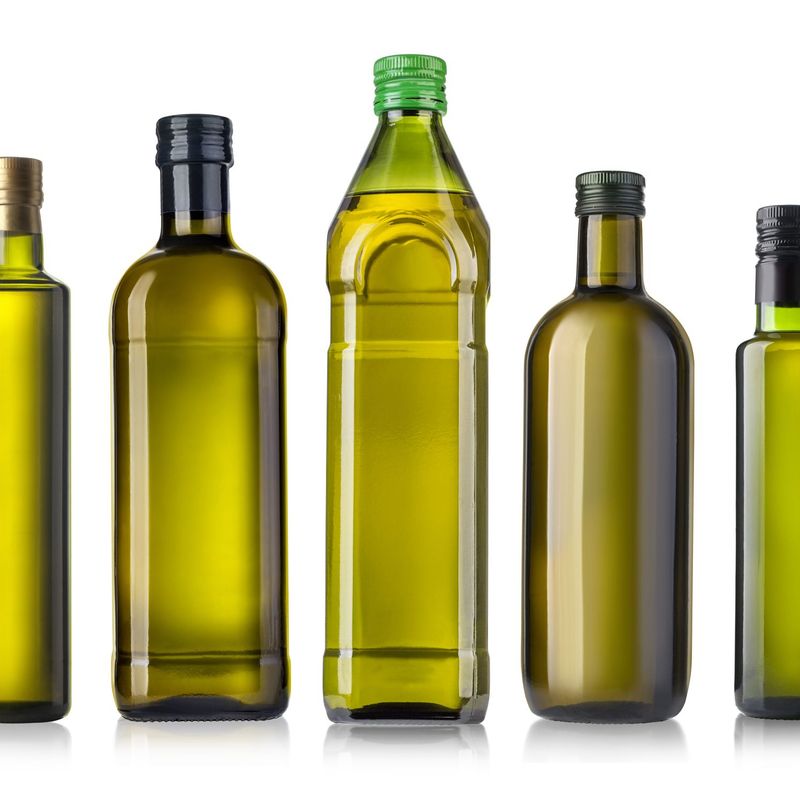
Imagine pouring golden olive oil, only to discover it’s diluted with cheaper oils. This common deceit affects even so-called “extra virgin” labels. In many kitchens, the olive oil isn’t what it seems, hiding behind a facade of purity. Yet, taste and quality suffer, misleading consumers worldwide.
The allure of olive oil’s health benefits makes it a target for fraudsters who prioritize profit over authenticity. Despite this, genuine olive oil, with its rich aroma and flavor, remains a prized find, cherished by those who can discern its true essence.
Efforts continue globally to protect consumers from such deceitful practices.
2. Honey
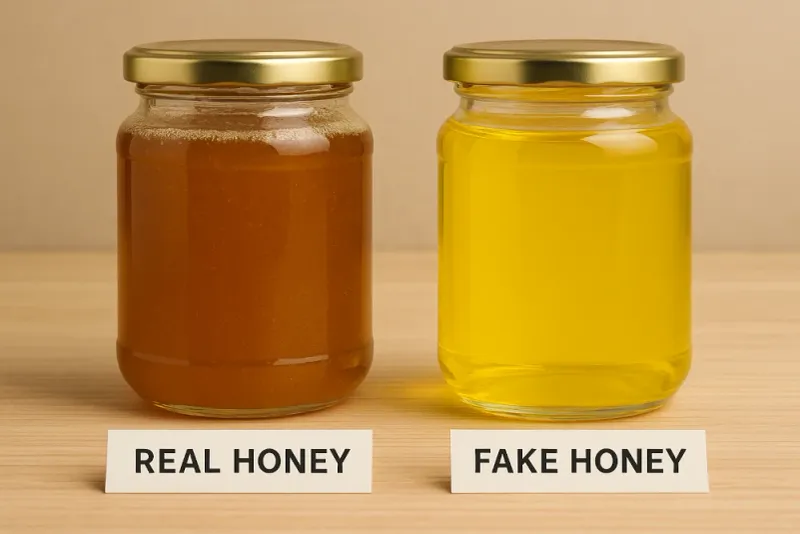
Sweet, sticky, and often faked—honey can be a trap for the unsuspecting. Many jars labeled as honey are mere impostors, laced with sugar syrup or corn syrup. In some cases, they aren’t honey at all, just cleverly disguised sugary water.
This golden nectar, cherished for its natural sweetness and health benefits, often falls victim to fraudulent practices. True honey, with its nuanced floral notes, is a treasure, cherished by purists.
Beekeepers around the world strive to uphold tradition, battling against adulteration to deliver the real deal to consumers craving authenticity.
3. Parmesan Cheese
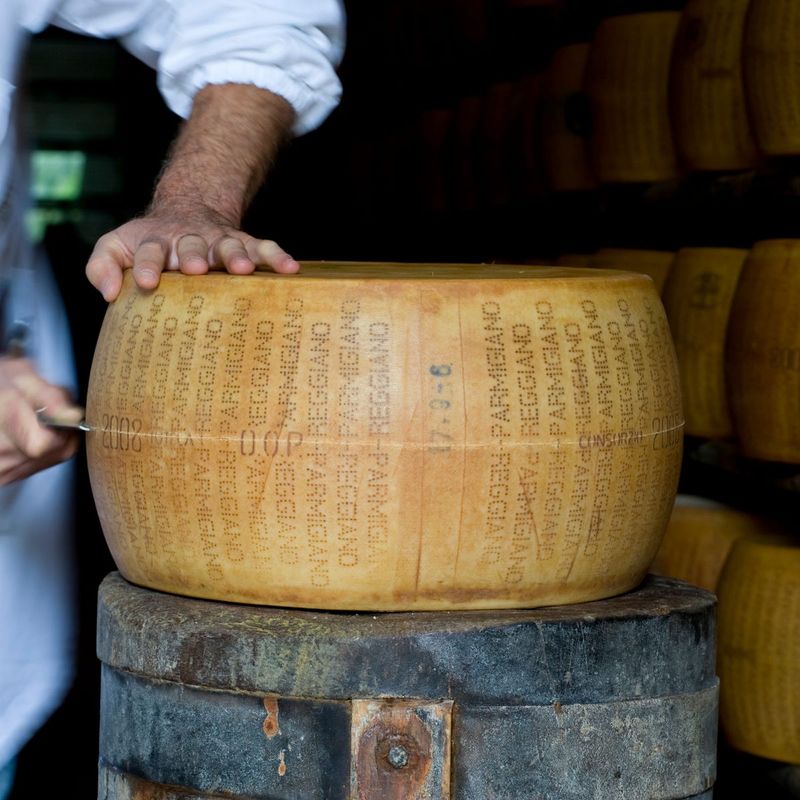
Have you ever wondered what’s in that can labeled “Parmesan”? Sometimes, it’s wood pulp or low-grade cheese, far from its Italian namesake. This beloved cheese, often grated generously over pasta, can mask impostors.
True Parmesan, with its nutty aroma and granular texture, stands apart, but deception lurks in many kitchens. The charm of authentic Parmesan lies in its aged perfection, a quality that’s irreplaceable.
Producers committed to tradition work tirelessly to protect the integrity of genuine Parmesan, ensuring that its legacy endures across generations.
4. Truffle Oil
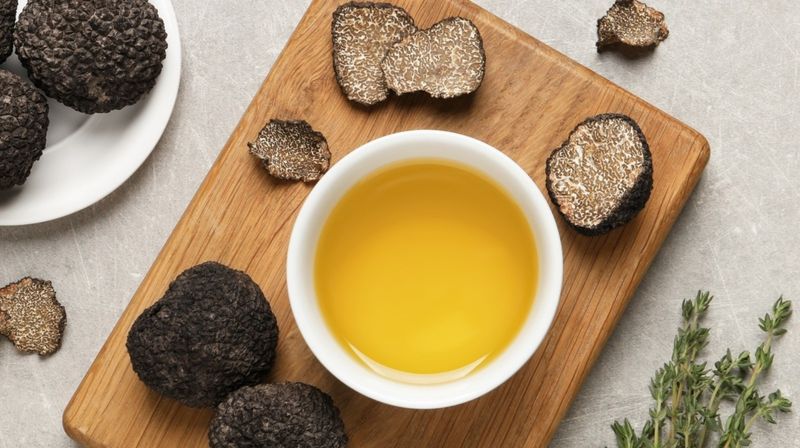
The magic of truffle oil often evaporates when you learn it contains no real truffles. Instead, synthetic flavor compounds mimic the distinctive aroma. Many culinary enthusiasts have been led astray by this aromatic illusion.
In upscale kitchens, chefs seek the genuine, earthy allure of true truffles, a quest that drives them to discern real from fake. The allure of real truffle oil, with its rich depth, is unmatched.
Despite the abundance of fakes, culinary purists continue to hunt for authenticity, striving to uphold the legendary status of genuine truffle oil.
5. Vanilla Extract
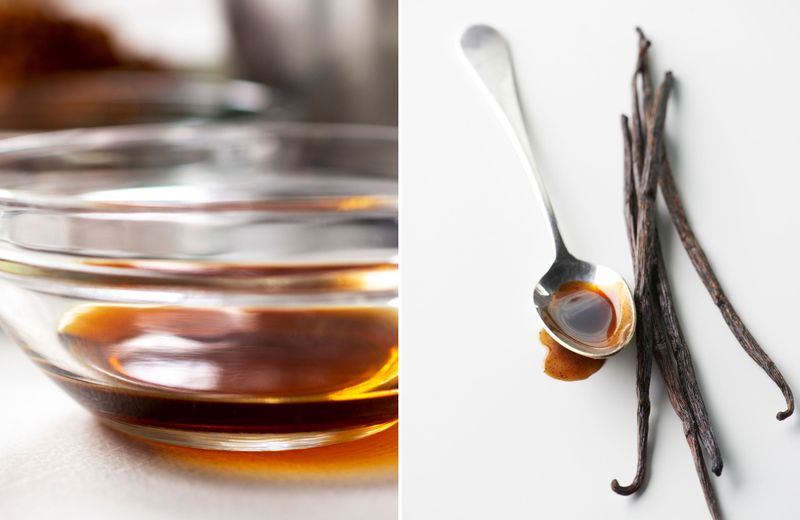
Vanilla, that beloved flavor, is often a facade. Synthetic vanillin, made from wood or petrochemicals, masquerades as real vanilla extract. This aromatic deceit is widespread, tricking the unwary.
True vanilla, derived from orchid pods, carries a depth and richness that synthetics can’t replicate. Its enchanting aroma is a prized possession in any kitchen.
The quest for genuine vanilla extract is a journey through deception, where natural elegance triumphs over imitation. Vanilla artisans strive to preserve the integrity of this cherished spice, maintaining its esteemed reputation.
6. Saffron
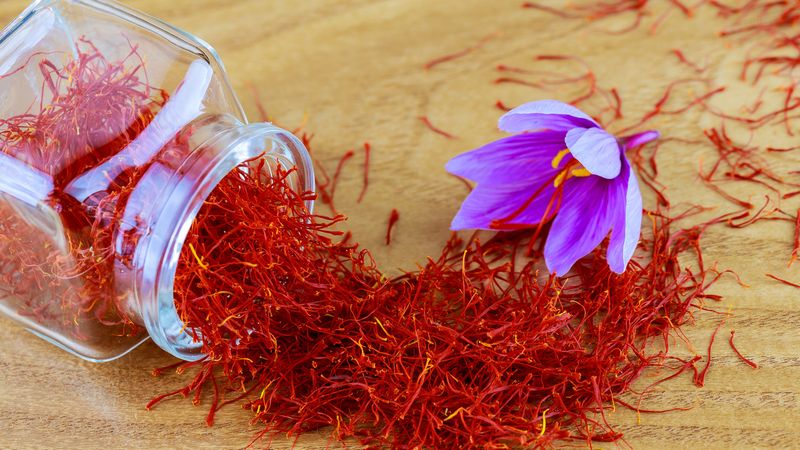
Saffron, the world’s most expensive spice, is often a victim of forgeries. Counterfeiters bulk it up with dyed threads of other plants or fake fillers, deceiving consumers seeking this golden luxury.
The true essence of saffron lies in its vibrant color and distinct aroma, qualities that are often imitated but never duplicated. Gourmet chefs and spice enthusiasts cherish pure saffron for its unparalleled depth.
In the face of imitation, saffron farmers and traders work diligently to protect its heritage, ensuring that genuine saffron remains a symbol of culinary excellence.
7. Fish

Ever ordered tuna only to be served escolar? Fish mislabeling is a global issue, where cheaper species like tilapia are swapped for pricier ones like snapper or tuna. This seafood swap deceives many diners and home cooks.
The quest for genuine fish is one of knowledge and vigilance, as the true identity of seafood remains hidden beneath the surface. Authenticity in seafood is a treasure for those who appreciate the real flavors of the ocean.
Efforts continue to combat this deception, ensuring that consumers receive genuine catches from the sea.
8. Coffee

A morning cup of coffee might not be all beans. Ground coffee can contain fillers like twigs, husks, or even ground legumes. This dark brew, cherished by millions, is sometimes a deceptive blend.
True coffee lovers seek the purity of genuine coffee, savoring its rich aroma and robust flavor. The allure of a perfect cup keeps enthusiasts discerning and vigilant.
Roasters dedicated to quality strive to maintain coffee’s authenticity, ensuring that every sip delivers the genuine experience that coffee aficionados crave.
9. Tea
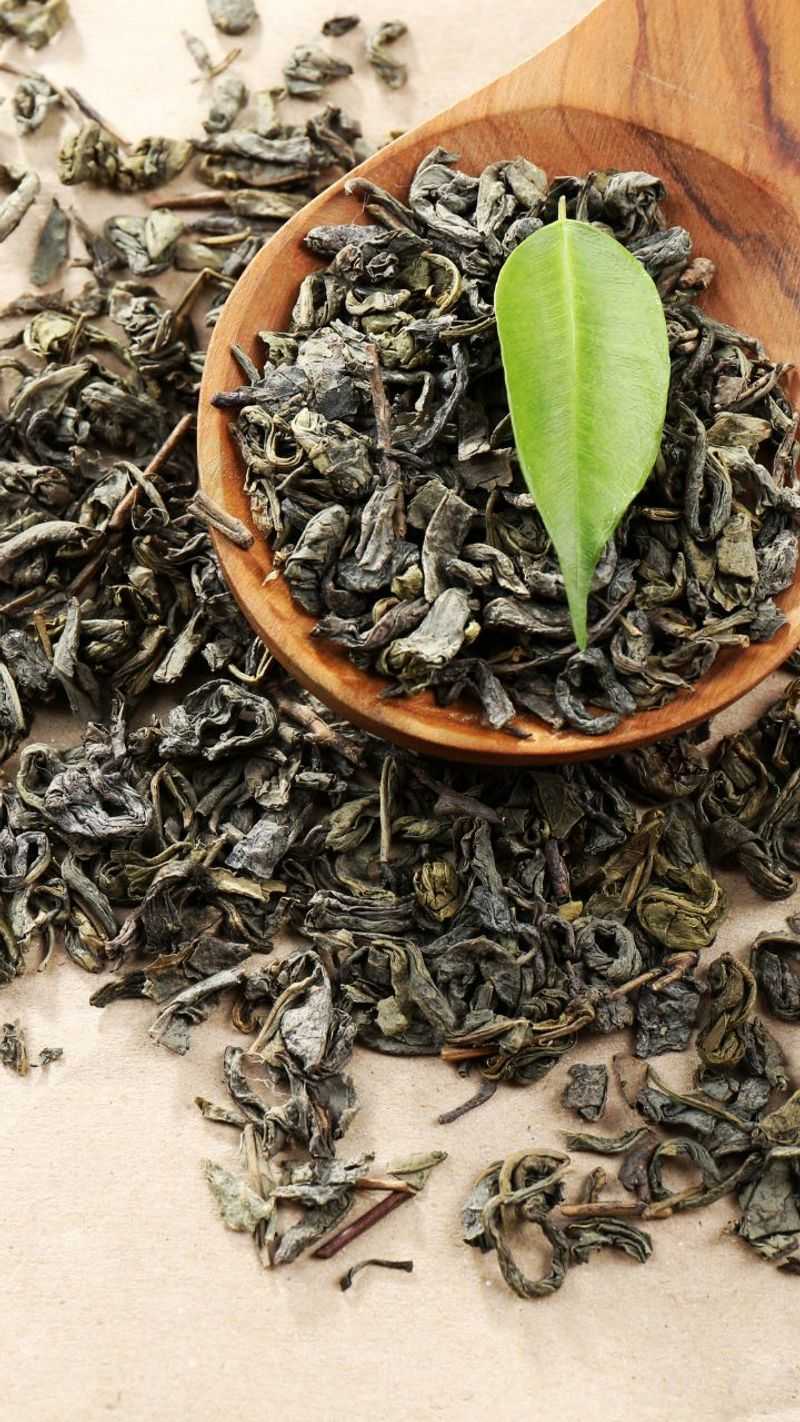
Tea, a beloved brew across cultures, sometimes harbors hidden surprises. Fake teas can contain added dyes, non-tea leaves, or fillers like grass and herbs, masking their true nature.
The quest for authentic tea is a journey through cultures and traditions, where genuine flavors triumph over imitation. Tea aficionados appreciate the nuanced profiles of real tea leaves, a testament to centuries of craftsmanship.
Tea producers worldwide work to preserve the integrity of this ancient beverage, ensuring that its rich legacy endures.
10. Maple Syrup
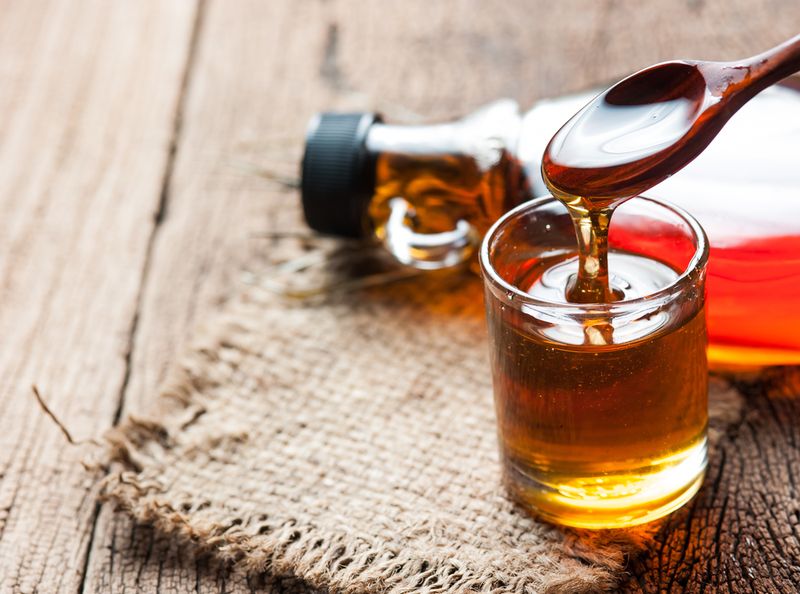
Maple syrup, a breakfast staple, often faces imitation. High-fructose corn syrup with artificial flavoring masquerades as the real deal, misleading consumers into believing it’s pure maple delight.
True maple syrup, with its rich, amber hue and distinct flavor, stands apart from its imitators. Its authenticity is cherished by those who savor its unique sweetness.
Producers dedicated to genuine maple syrup work tirelessly to maintain its authenticity, ensuring that every bottle delivers the true taste of nature’s bounty.
11. Rice
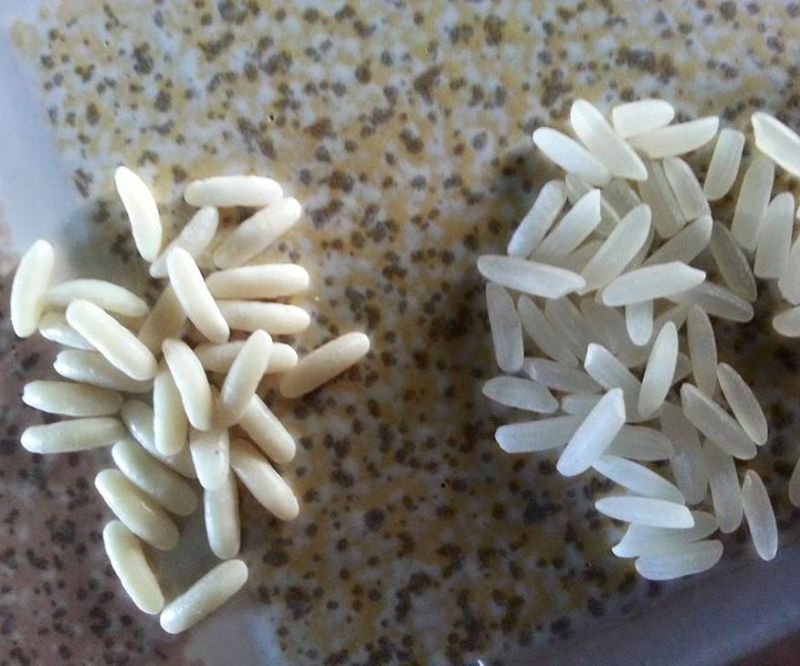
Rice, a global staple, sometimes harbors a surprising secret. Reports have found plastic pellets mixed with low-grade rice, especially in counterfeit imports. This deception challenges consumers who seek quality grains.
The quest for genuine rice is one of vigilance, as authenticity in grains ensures a wholesome meal. The allure of pure rice lies in its texture and flavor, cherished by culinary enthusiasts around the world.
Efforts continue to combat this deceit, ensuring that consumers receive true rice, free from harmful adulterations.
12. Milk
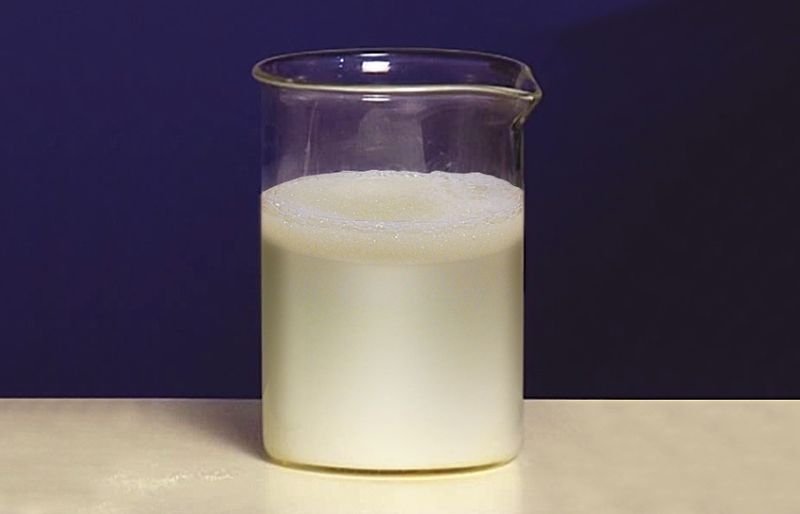
In some markets, milk hides behind a facade of purity. Watered-down or chemically altered, it sometimes contains harmful additives like melamine, deceiving those who seek its wholesome benefits.
True milk, with its creamy texture and natural nutrients, is a treasured find. Consumers cherish its authenticity, a testament to traditional dairy practices.
Dairy producers around the globe strive to uphold milk’s integrity, fighting against adulteration to deliver genuine quality to consumers who value the true essence of milk.
13. Balsamic Vinegar
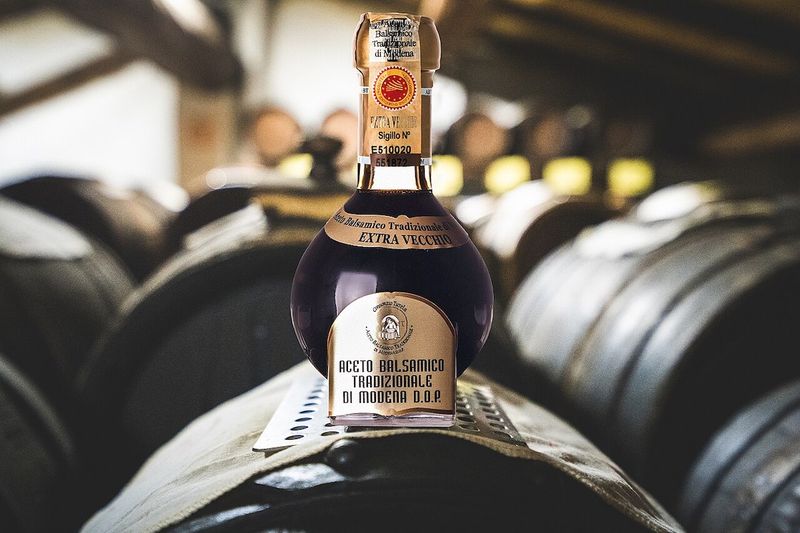
True balsamic vinegar, aged and exquisite, is often imitated. Store brands may offer colored wine vinegar with sugar and caramel, a mere shadow of the original Italian treasure.
The quest for genuine balsamic vinegar is a culinary journey, where authenticity reveals layers of complex flavors. Its rich legacy is cherished by gourmets who value tradition.
Producers committed to crafting true balsamic vinegar work diligently to maintain its esteemed reputation, ensuring that every drop embodies its authentic heritage.
14. Black Pepper
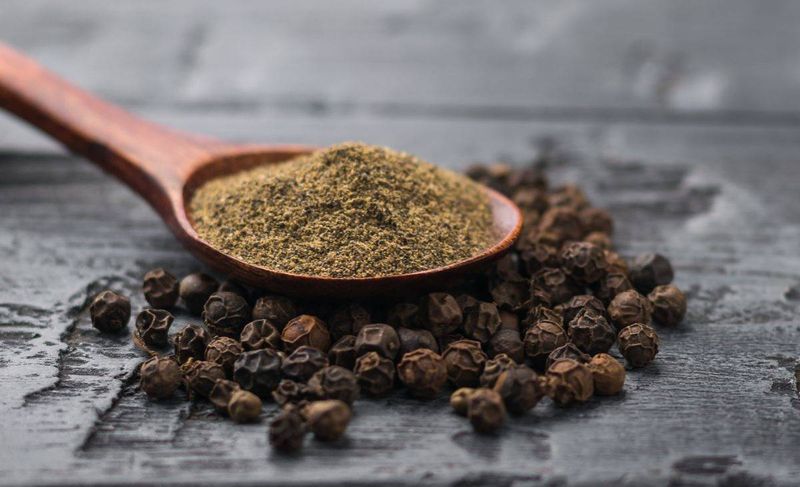
The simple grind of black pepper might hide a secret. Adulteration with papaya seeds or starches can bulk it up, deceiving those who seek its pure pungency.
True black pepper, with its robust flavor and aroma, stands apart from its impostors. Its authenticity is a staple in kitchens that celebrate genuine spices.
Spice traders and producers work tirelessly to protect the integrity of black pepper, ensuring that its bold character remains untainted by imitation.
15. Turmeric
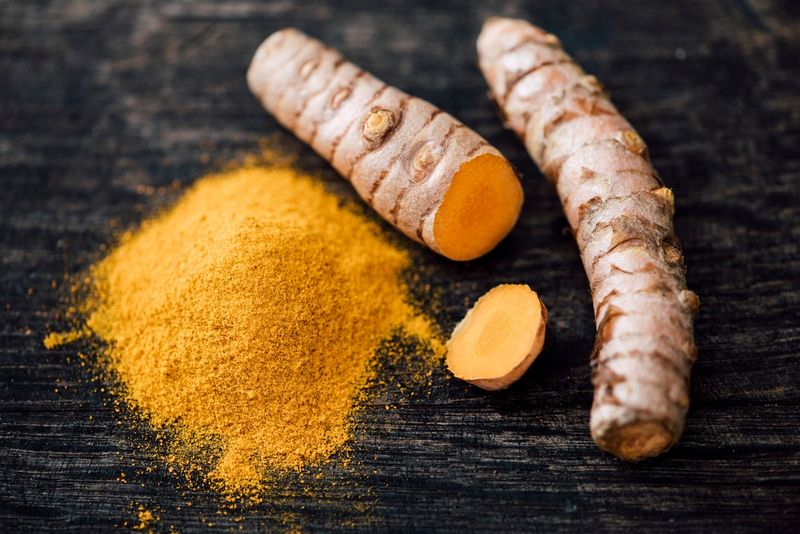
Turmeric, celebrated for its golden hue, sometimes hides an unsettling secret. Powdered turmeric can be cut with chalk powder or colored with lead chromate, deceiving those who seek its natural benefits.
The allure of true turmeric lies in its earthy aroma and healthful properties, cherished by spice enthusiasts worldwide. Its authenticity shines in kitchens that prize genuine flavors.
Producers dedicated to turmeric’s purity work to protect its integrity, ensuring that it remains a symbol of natural goodness.
16. Cinnamon
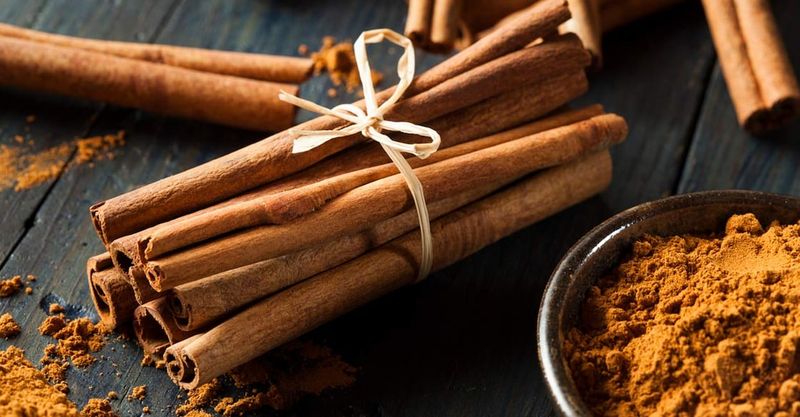
Cinnamon, with its warm, sweet essence, is often a tale of two barks. Cassia, a common substitute, lacks the delicate flavor of true Ceylon cinnamon, yet often poses as the real deal.
The quest for genuine cinnamon is a journey through spice markets, where authenticity reveals a depth of flavor cherished by culinary artists.
Producers committed to true Ceylon cinnamon work diligently to uphold its reputation, ensuring that its gentle sweetness graces dishes around the globe.
17. Chili Powder
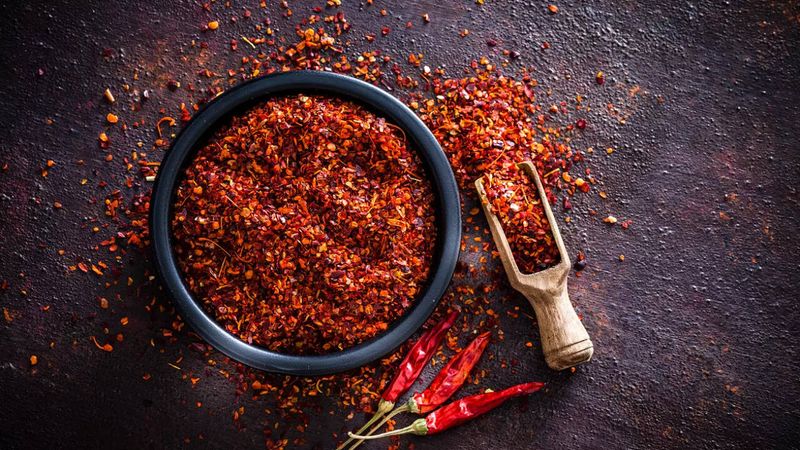
Chili powder, a spice with a kick, sometimes conceals a darker side. Adulteration with brick dust, salt powder, or lead-based dyes can intensify its color, deceiving those who seek its fiery authenticity.
True chili powder, with its vibrant heat and aroma, stands apart from its doctored counterparts. Its authenticity is a treasure in kitchens that embrace genuine spices.
Spice producers work to protect the integrity of chili powder, ensuring that its fierce essence remains untainted by imitation.
18. Shrimp

Shrimp, a seafood delight, sometimes hides a watery secret. Injected with water or chemicals to increase weight, it can mislead those who seek its genuine flavor.
True shrimp, with its sweet, briny taste, is a culinary treasure, cherished by seafood enthusiasts around the world. Its authenticity is celebrated in kitchens that value genuine ocean flavors.
Efforts continue to combat this deception, ensuring that consumers receive genuine shrimp, free from adulterations.
19. Wine

Wine, a symbol of sophistication, sometimes hides a blend of deceit. Fakes include cheap blends masquerading as premium labels, diluted with other liquids and sweeteners.
True wine, with its rich bouquet and complex flavors, is a cherished indulgence, celebrated by connoisseurs who appreciate its authenticity.
Winemakers dedicated to preserving wine’s integrity work tirelessly to protect its esteemed reputation, ensuring that every bottle delivers the genuine experience that wine lovers seek.
20. Beef

Beef, a staple in many diets, sometimes conceals a scandal. Ground beef can be mixed with other meats like pork or horse meat, deceiving those who trust its authenticity.
True beef, with its robust flavor and tenderness, is a culinary favorite, cherished by those who value genuine quality.
Butchers and meat producers work diligently to maintain beef’s integrity, ensuring that consumers receive the authentic product they expect and deserve.
